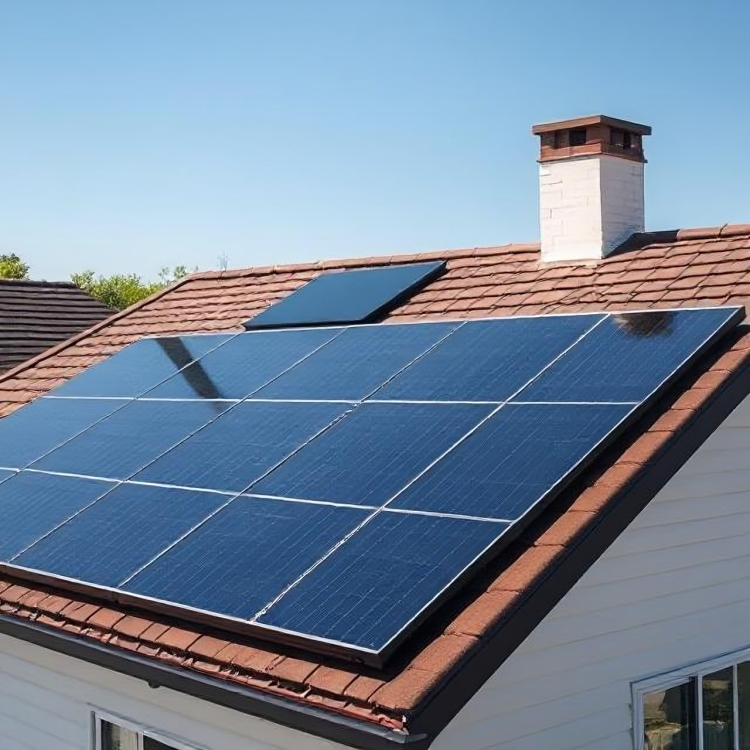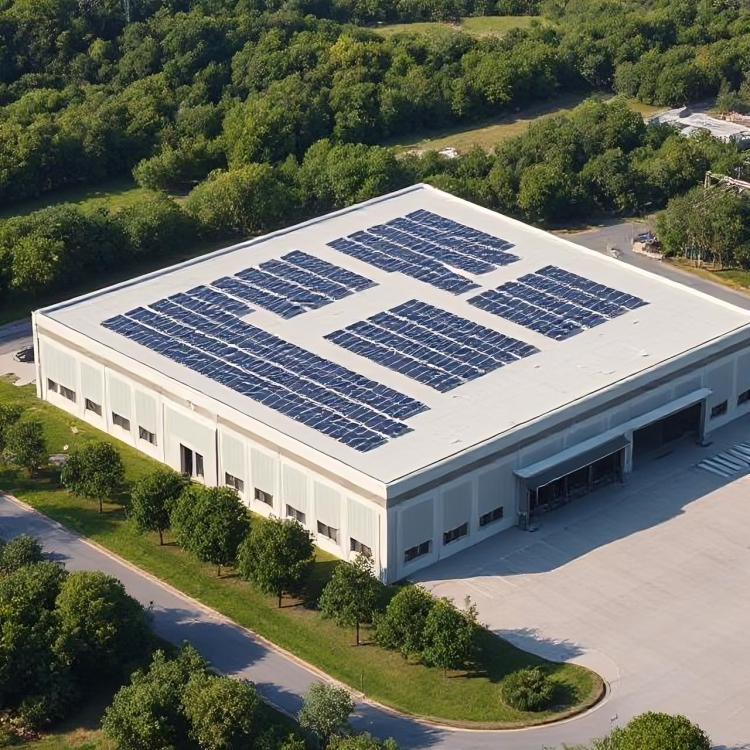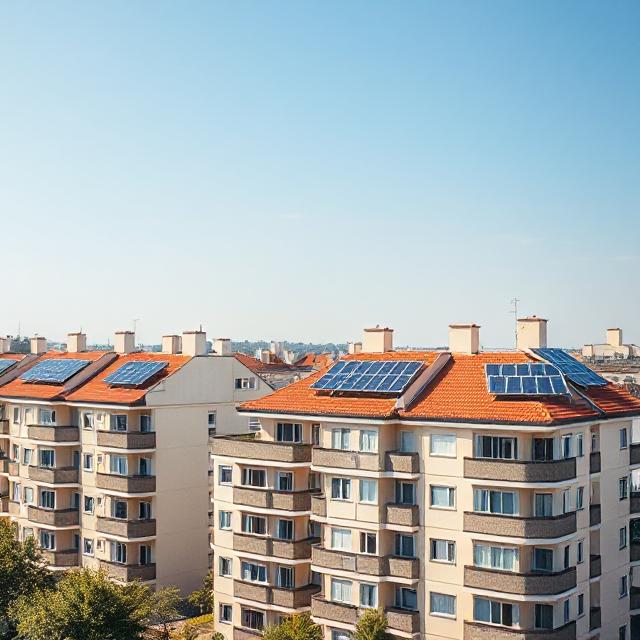Off-Grid Solar System
An off-grid solar system, also known as a standalone system, operates independently from
the electricity grid. It stores energy in batteries to be used during night or outages.
- Solar Panels: Convert sunlight into DC power (mono/polycrystalline).
- Solar Inverter: Converts DC to AC for appliances.
- Batteries: Store daytime excess energy for nighttime use.
- Charge Controller: Ensures safe charging of batteries.
- Mounting Structures: Positioned at tilt for max sunlight exposure.
- Solar Accessories: Cables, MC4 connectors, combiner boxes, earthing, etc.
On-Grid Solar System
An on-grid solar system is connected to the main electricity grid. It's ideal for areas
with reliable electricity and allows net metering to save on energy bills.
- Solar Panels: Capture sunlight and generate power.
- Solar Inverter: Converts DC to AC power.
- Mounting Structures: Secure and position panels correctly.
- Bi-directional Meter: Measures both import and export of electricity.
- Solar Accessories: Wiring, protection devices, and earthing equipment.
- Government Subsidies: Available for home systems up to ₹78,000.


